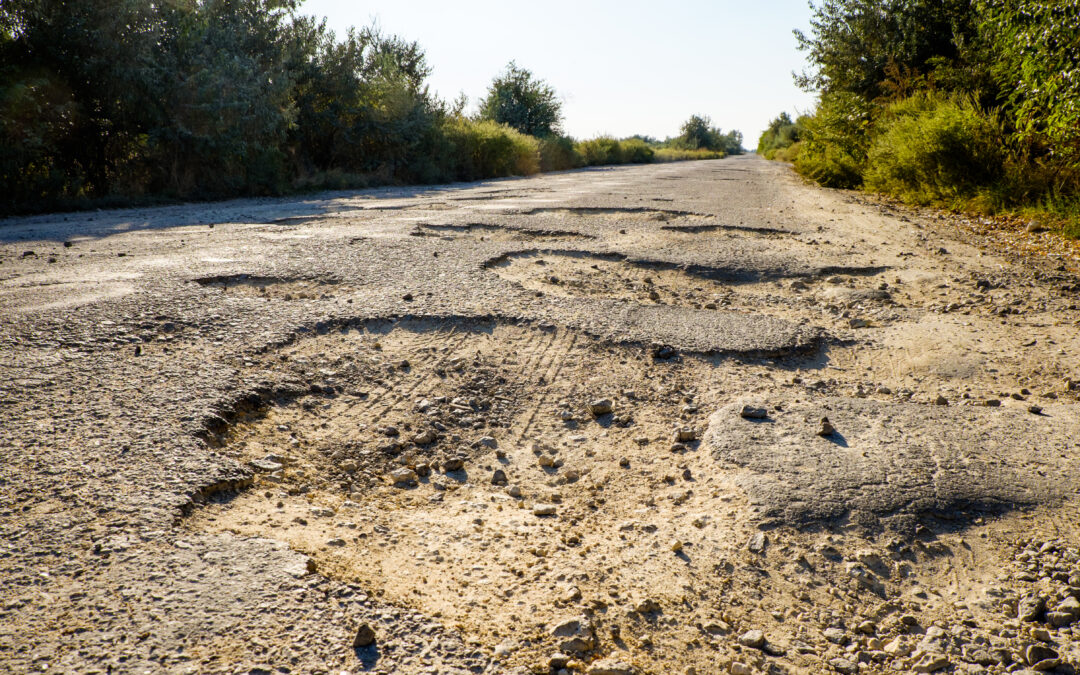Michigan had more miles of federal-aid roads graded as “poor” condition than “good” condition for the 16th consecutive year in 2022.
About 33% of the state’s federal-aid roads received a “poor” designation via the Michigan Transportation Asset Management Council’s 2022 Roads & Bridges Annual Report. Meanwhile, 25% of those miles were in “good” shape and 42% were “fair.”
The latest annual evaluation, published earlier this week, indicated that slightly fewer roads were in good condition and slightly more were deemed poor than in 2021. The group did call it a positive sign that roads didn’t deteriorate substantially from the significant gains seen a year ago.
“However, this trend is not expected to continue as paved federal-aid roads are expected to deteriorate, outpacing the potential funding available to maintain the network,” the report says.
For the last 20 years, TAMC has regularly evaluated Michigan’s federal-aid roads, which account for about one-third of Michigan’s roads — about 90,000 miles — and carry more than 95% of traffic. The group also looks at the more than 165,000 miles of non-federal-aid roads, or local roads, though the latter type are optional for road agencies to evaluate.
Michigan uses the Pavement Surface Evaluation & Rating (PASER) scale to evaluate its roads. Roads rated 1-4 are “poor,” roads rated 5-7 are “fair” and roads rated 8-10 are “good.”
Federal-aid roads are rated at least once every two years. The 2022 report used new evaluations for about 60% of those miles, and filled in 2021 data for the remaining 40%.
As for local roads, agencies graded 26,090 roads in 2022, which was the most in a single year. Of those miles, 45% were in poor shape, 35% were fair, and 20% were good.
The latest TAMC report also included bridges, for which conditions continue to decline. Having assessed all roadway bridges, the council found 34% to be in good condition, 54% to be fair, 8% to be poor and 4% to be severe.
In 2022, 69 bridges were closed due to their poor condition. That’s an increase of 15% from the previous year.
Michigan’s rate of “poor” bridges is higher than any other in the Midwest and higher than the national average. About 5% more bridges have deteriorated than have been improved since 2019.
Looking to the future, TAMC forecasts only 19% of federal-aid roads will be in good condition by 2034, while 33% will be fair and 48% will be poor. Projected worsening of roads is due to increases in costly reconstruction projects. More expensive fixes means less pavement being improved.
Similarly, the group projects only 21% of Michigan’s bridges to be in good condition by 2034, while 60% are fair, 12% poor, and 7% severe.
“This indicates that without additional investment for bridge programs additional bridges will be at high risk and lead to more emergency repairs and closures,” the report says.
This article originally appeared in MLive. For more, click here.

